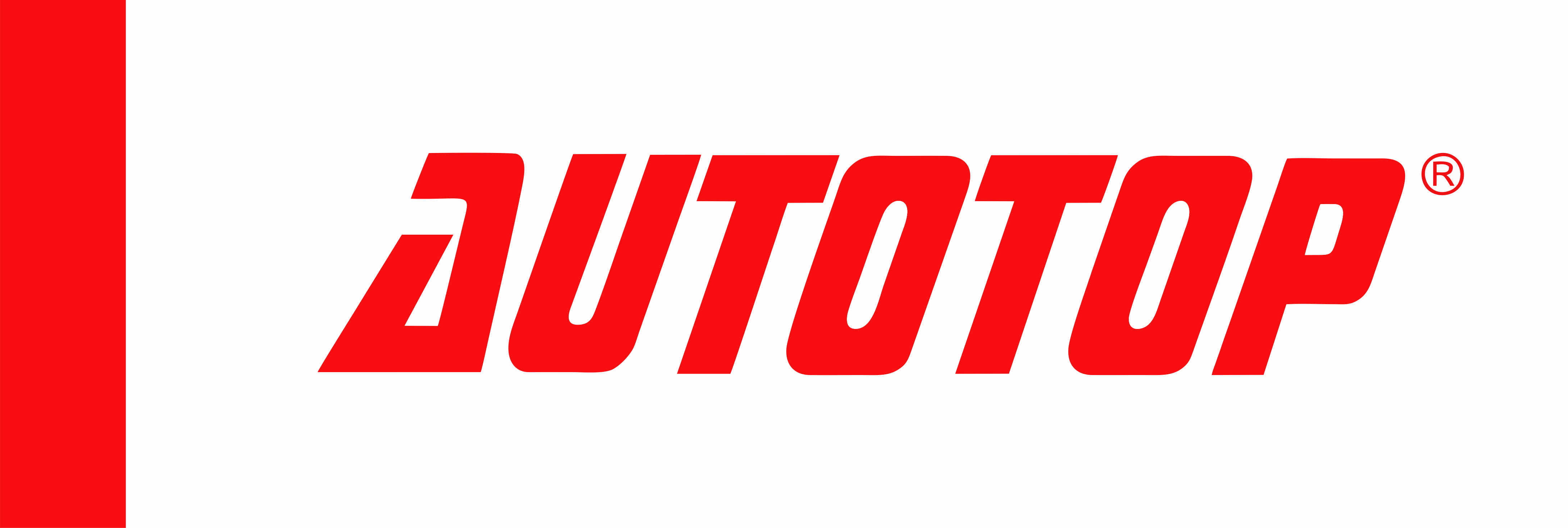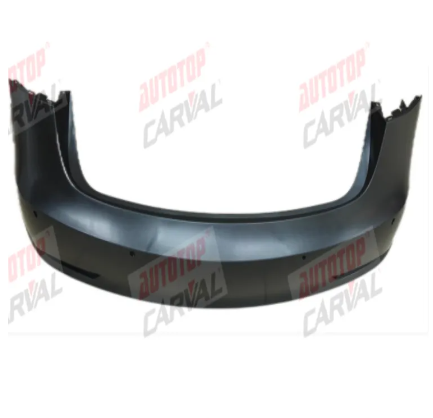Understanding Your Car's Specific Needs
Identifying OEM vs. Aftermarket Parts
When it comes time to replace parts in our vehicles, most drivers face a choice between Original Equipment Manufacturer (OEM) components and aftermarket alternatives. OEM parts come straight from the factory that built our cars, so they fit just right without any modifications needed. This means fewer headaches down the road when it comes to compatibility issues or performance problems. Many mechanics still recommend OEM parts because they tend to last longer and usually come with manufacturer warranties. Aftermarket parts tell a different story though. Made by companies outside the original manufacturer, these options typically cost less money while offering all sorts of variations that let owners personalize their ride based on what fits their wallet best. Industry reports show that around 20% more sales go to aftermarket products simply because there's so much more stock available at local auto shops. But watch out for fake parts masquerading as genuine OEM items. Always check where you're buying from and look closely at packaging labels for authentic manufacturer information before making purchases. Knowing what we're getting ensures our cars keep running smoothly for years instead of breaking down unexpectedly.
Matching Parts to Your Vehicle's Make and Model
Getting familiar with what kind of car we're dealing with makes all the difference when it comes to putting on parts properly. Most folks don't realize how critical this knowledge actually is until they end up with parts that just don't fit right, which can wear things out faster or create real safety issues down the road. Every car has that special number called a VIN somewhere on it usually near the dashboard or driver side door jamb. This long string of 17 characters acts almost like a personal ID tag for vehicles, telling everyone from mechanics to parts stores exactly what kind of machine they're looking at including when it was made, who built it, and lots of other specifics. Mechanics tell tales all the time about cars that ran circles around problems simply because someone finally got the right parts installed according to specs. Take brake pads for example proper ones for a particular model will stop better and last much longer than generic alternatives. Bottom line? Matching parts correctly isn't just about getting things working again it's about keeping our rides safe and reliable for years to come.
Researching Reputable Auto Parts Suppliers
Evaluating Supplier Credentials and Certifications
Finding a trustworthy auto parts supplier means looking closely at what qualifications they actually have. Industry certifications matter a lot here. Things like ISO certification for quality management systems or ASE certification for automotive service excellence show that a supplier takes standards seriously. These aren't just fancy letters on paper; they represent real commitments to quality control. What customers say about their experiences tells another story entirely. Reading through reviews gives a good sense of whether people actually trust this supplier over time. Studies suggest that when companies are open about how they operate and take responsibility for what they sell, customers tend to feel better about making purchases from them. That kind of trust makes all the difference in markets where competition runs fierce. When shopping around, checking if a supplier meets these established standards often ends up being one of those small details that turns into a big deal later on.
Prioritizing Local vs. Global Suppliers
When companies decide whether to work with local or global suppliers, they need to look at what works best for their situation. Local vendors usually mean quicker turnaround times, face-to-face interactions when problems arise, plus some good vibes for supporting nearby communities. But let's be honest, most small shops just don't stock everything needed these days. That's where global suppliers come in handy with their vast inventory selections and prices that sometimes seem too good to be true. Still, there are headaches too - packages getting stuck in customs, unexpected extra fees piling up during transit. Finding the sweet spot between these two approaches matters a lot for keeping costs down while maintaining product standards. Smart businesses mix things up depending on what they actually need right now, leveraging local expertise for urgent matters while tapping into international markets for specialized components or bulk purchases.
Ensuring Compatibility and Fitment
Using VIN-Based Part Lookup Tools
VIN based part finders really help get the right parts for cars. When someone enters their Vehicle Identification Number or VIN, these tools check against huge databases to see what parts actually work with that particular vehicle. The result? A list of parts made just for that specific make, model, and setup of the car, so there's way less chance of buying something that won't fit. Most folks swear by services such as AutoZone, PartsAvatar, and NAPA Auto Parts because they tend to be pretty accurate most of the time. Still, there's one problem many mechanics run into occasionally the information might not always be fresh enough. We've all seen situations where the database shows a part should fit, but when installed, it turns out incompatible because the manufacturer changed specs without updating records.
Leveraging Amazon's 'Your Garage' Feature
The 'Your Garage' feature on Amazon makes it much easier to find auto parts that actually work with specific cars. When shoppers input details about their vehicle's make, model, and manufacturing year, the system narrows down what shows up in search results to just those parts that definitely fit. This saves folks hours of scrolling through irrelevant options and chasing after wrong-sized components. Most people who have tried it seem pretty happy with how straightforward the whole thing is. They don't have to guess anymore whether something will fit because the site already filters out all the incompatible stuff. Looking at customer feedback, there are plenty of stories about folks buying exactly what they needed right away without any hassle, which speaks volumes about how well this feature works given how massive Amazon's selection can sometimes feel overwhelming.
Balancing Price, Quality, and Warranty
Comparing Costs Across Multiple Platforms
Finding good auto parts means looking at prices from different places. There are plenty of online tools and sites that let people check what different sellers charge for parts, see what comes with them, and decide what works best. Sites like AutoPartsWarehouse, RockAuto, and PartsGeek have big databases where folks can find out how much things actually cost. Price shopping isn't just about the sticker price though. Shipping charges and return policies matter too since those extra costs can really eat into savings. Take oil filters for example two stores might list the same brand at nearly identical prices, but one charges $15 for shipping while another offers free delivery on orders over $50. According to recent NPR coverage, our whole auto parts system in North America is pretty interconnected, so prices tend to move together across regions. Getting familiar with all these details helps shoppers grab better deals without ending up with parts that don't fit properly or break down quickly.
Assessing Durability and Return Policies
When shopping for auto parts, looking at how long things last and what happens if something goes wrong matters a lot for protecting money spent. People wanting to check durability usually read what others say online plus look at specs sheets that tell about lifespan and reliability stuff. Sites like Amazon, AutoZone, and PepBoys have tons of customer feedback where folks talk real honest about their experiences with different parts over time. Good return options matter too because nobody wants to be stuck with junk they paid for. Most stores let people send back items that don't fit right or just aren't good quality. According to some numbers floating around from KBB, roughly 1 out of every 10 auto part buys gets returned each year, mostly because parts didn't fit properly or simply weren't worth the price tag. Makes sense why knowing about returns and warranties before buying helps keep wallets safe when unexpected problems pop up with new hardware.
Navigating Market Trends and Tariffs
Understanding How Tariffs Impact Pricing
When it comes to imported auto parts, tariffs really mess with pricing and change things up in the car business world. Take Trump's 25% tariff on cars and parts from other countries - this has pushed costs higher for big names like Toyota, Hyundai, and Nissan, which means regular folks end up paying more too. Mechanics are seeing bigger bills when fixing cars, insurance companies are charging extra, and new cars just cost more at dealerships. Looking ahead, most people who study markets think these kinds of tariffs will keep influencing where the automotive industry goes next. Some analysts are watching what happens between countries because tensions could either bring some price relief or make everything even worse for consumers trying to afford repairs and new vehicles.
Adapting to Supply Chain Changes
Supply chains around the world get messed up all the time because of things like pandemics and political conflicts, making it hard to get auto parts when needed. When this happens, both regular folks shopping for cars and stores selling them need ways to keep getting what they need. One approach is building relationships with multiple suppliers instead of relying on just one source, plus focusing more on manufacturing closer to where the products will be sold. Take Tesla and Ford for example – Tesla has been working on producing more components in-house while Ford recently invested heavily in domestic battery production facilities. These kinds of adjustments help build stronger supply chains that don't fall apart so easily during crises, which ultimately means fewer headaches for everyone trying to find replacement parts or new vehicles.
FAQ
What is the difference between OEM and aftermarket parts?
OEM parts are made by the original manufacturer to perfectly fit specific car specifications, offering reliability and warranty coverage. Aftermarket parts, made by different manufacturers, offer cost-effectiveness and customization options.
How do I use my Vehicle Identification Number (VIN) to find the right parts?
Your VIN is a unique 17-character code that can be used with VIN-based part lookup tools to find parts tailored to your car's make, model, and configuration.
How can I ensure the parts I buy are genuine?
To ensure authenticity of parts, always buy from reputable suppliers and check the packaging for manufacturing details.
What factors should I consider when choosing between local and global suppliers?
Consider factors like service speed, support, selection, and pricing. Local suppliers offer faster service and direct support, while global suppliers often provide a wider variety at competitive prices.
How do tariffs affect the pricing of auto parts?
Tariffs increase the cost of imported parts, influencing repair and vehicle prices. Keeping informed of geopolitical developments can help understand potential pricing changes.
Table of Contents
- Understanding Your Car's Specific Needs
- Ensuring Compatibility and Fitment
- Balancing Price, Quality, and Warranty
- Navigating Market Trends and Tariffs
-
FAQ
- What is the difference between OEM and aftermarket parts?
- How do I use my Vehicle Identification Number (VIN) to find the right parts?
- How can I ensure the parts I buy are genuine?
- What factors should I consider when choosing between local and global suppliers?
- How do tariffs affect the pricing of auto parts?


